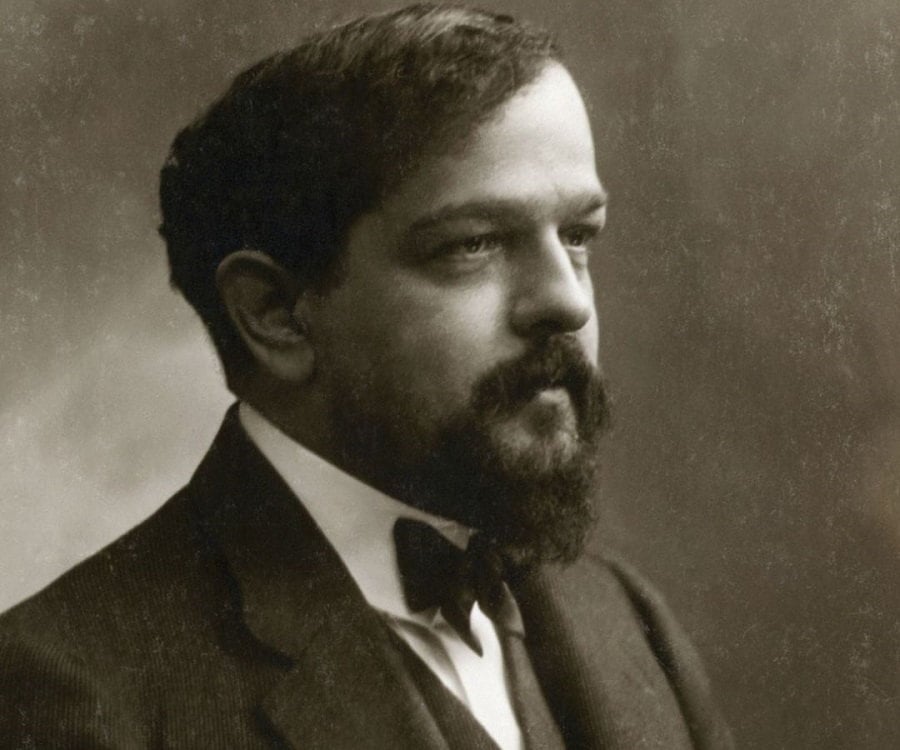Recently, there has been a lot of buzz around ballerina Misty Copeland's recent sponsorship deal with the mega brand Dannon Oikos yogurt. While I am always happy to promote ballet and dancers, and I am additionally supportive of their need to supplement income, she is not the first. Ballet dancers have been hired to promote products for over a century.
There are many samples of ephemera in my Russian Ballet History Collection that feature dancers and even composers, like Stravinsky, hocking consumer products. Today, I wanted to focus on one ballerina and one product; Anna Pavlova and Adams Black Jack Chewing Gum.
Ms. Pavlova is featured on page 8, in the American Chicle Company's advertisement in The Detroit News on February 14, 1917, nearly 100 years ago.
The text in the ad itself is very romantic:
In 1884, licorice flavor was added to the Adams Black Jack chewing gum making it the first flavored chewing gum sold in the U.S. While the packaging in the ad states that it comes in five tablets, it was actually the first chewing gum offered in what we today call sticks.
On the bottom of the pack it claims to be "good for colds and coughs". According to Web MD, some people do use licorice for sore throat, bronchitis, cough, and infections caused by bacteria or viruses. So it might pass today's label laws, but I am certain that a team of food industry label law lawyers would phrase it differently.
Chicle comes from a tree, like rubber from a rubber tree plant. The word "chicle" itself is comes from the Mayan word tsicte and it means sticky. The word Chicle is still used for chewing gum in Spain and Chiclete in Portugal and Brazil.
Okay, okay I can tell that some of you are wondering about the other ads I mentioned in the beginning. In the 1920's, a British company/product called Virol & Milk (A protein/energy drink. No they aren't a new idea either.) featured three of Diaghilev's Ballets Russes dancers in an ad campaign: Lydia Sokolova, Serge Lifar and Leon Woizikowski.
Yes, I know, someone is going to say "but Misty is representing a mega brand". Well, how about Coca-Cola, is that MEGA enough? In the 1950's ballerinas were featured in a Coca-Cola color print ad.
 |
| Coca-Cola is a registered trademark of the Coca-Cola Company |
















